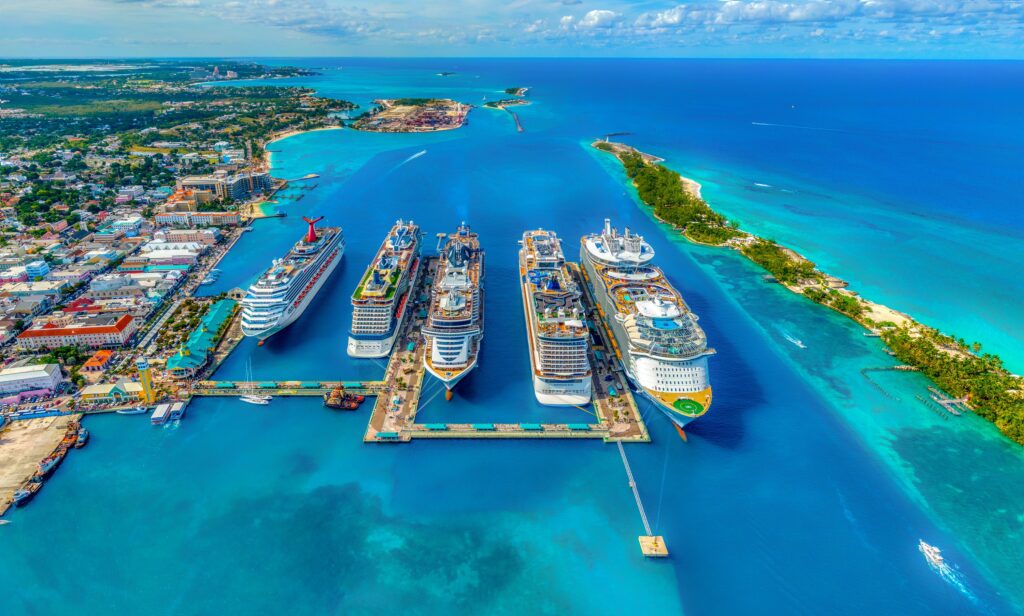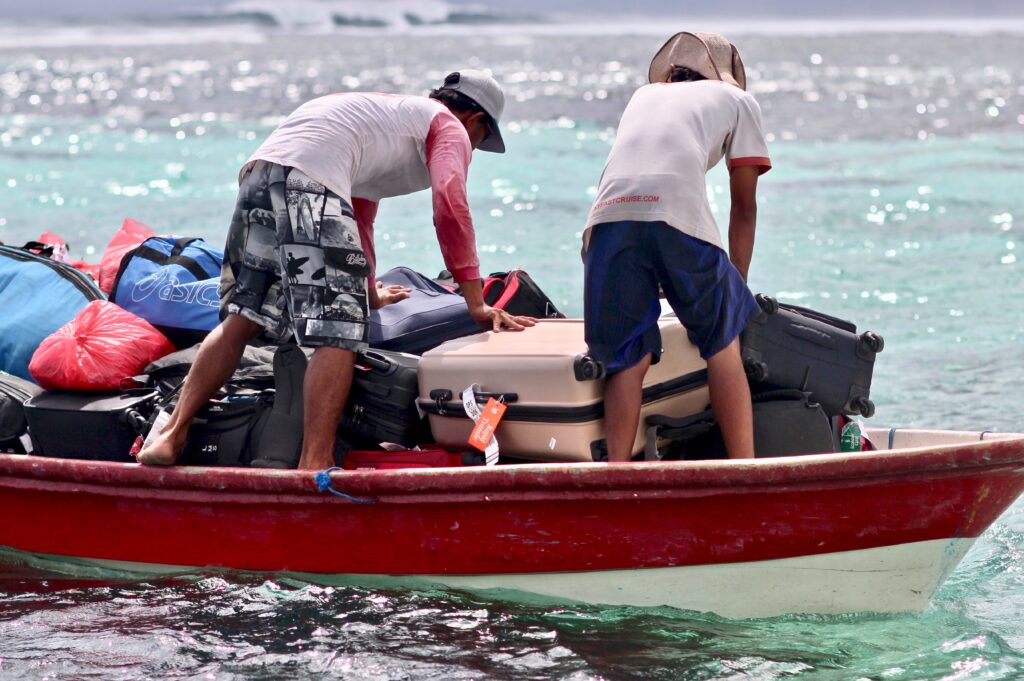Table of Contents
ToggleCRUISE VACATION: THE ULTIMATE GUIDE TO PLANNING YOUR DREAM GETAWAY
Cruising is a popular vacation option for many travelers. It offers a unique way to explore different destinations while enjoying the comfort and luxury of a floating hotel. Today, many kinds of cruises are available, catering to a wide range of interests and budgets. From family-friendly ships with onboard water parks and kids’ clubs to luxury vessels with spas and gourmet dining options, there is a cruise for everyone.
One of the most appealing aspects of a cruise is the convenience factor. With all of the amenities and activities available onboard, travelers can enjoy a hassle-free vacation without the need to pack and unpack or navigate unfamiliar destinations constantly. In addition, many cruise lines offer all-inclusive packages that include meals, drinks, and entertainment, making it easy to budget for a vacation without worrying about unexpected expenses.
However, cruising has some potential downsides, such as the risk of seasickness, limited time in each port, and crowds during peak travel seasons. Therefore, it’s important for travelers to carefully consider their priorities and preferences when choosing a cruise and to do their research to ensure they select the right ship and itinerary for their needs.
Types of Cruises
There are several types of cruises available that cater to different preferences and interests. Here are the three main types of cruise:
Ocean Cruises
Ocean cruises are the most popular type of cruise and offer various experiences. These cruises typically take place on large ships that can accommodate thousands of passengers. Ocean cruises can take you to different parts of the world, including the Caribbean, Mediterranean, and Alaska. In addition, they offer a range of onboard activities, including dining, entertainment, and shopping.
Some popular ocean cruise lines include Royal Caribbean, Carnival, and Norwegian Cruise Line. These cruise lines offer a range of amenities, from water parks and rock climbing walls to Broadway-style shows and fine dining.
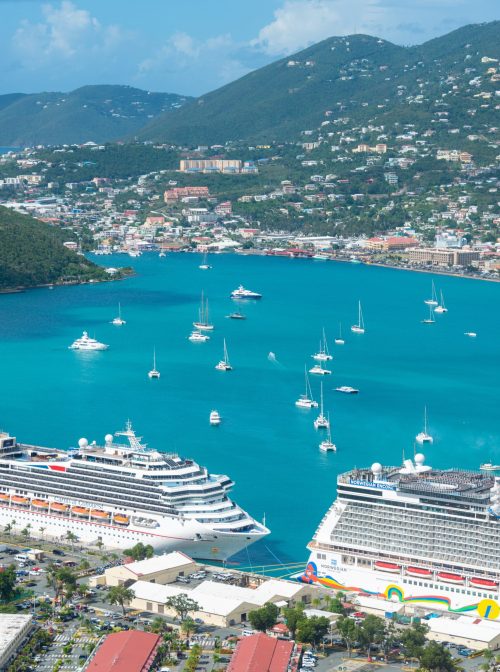

River Cruises
River cruises are a great way to explore inland destinations and experience local culture. These cruises take place on smaller ships that can navigate narrow waterways and dock in smaller ports. River cruises can take you through Europe, Asia, and South America, among other destinations.
River cruises offer a more intimate experience, with fewer passengers and a focus on local cuisine and culture. Some popular river cruise lines include Viking River Cruises, AmaWaterways, and Uniworld.
Expedition Cruises
Expedition cruises are for those who want to explore remote and off-the-beaten-path destinations. These cruises take place on smaller ships that can navigate through ice and shallow waters. Expedition cruises can take you to places like Antarctica, the Arctic, and the Galapagos Islands.
Expedition cruises offer a more adventurous experience, with opportunities for hiking, kayaking, and wildlife viewing. Some popular expedition cruise lines include Lindblad, Hurtigruten, and Quark Expeditions.
Overall, there are many types of cruises, each offering a unique experience. When choosing a cruise, consider your interests, budget, and preferred destinations to find the perfect fit.
Choosing a Cruise
When it comes to choosing a cruise, there are many factors to consider. From the destination to the duration, budget, and cruise line, each aspect can greatly affect the overall experience. Here are some sub-sections to help you make an informed decision.
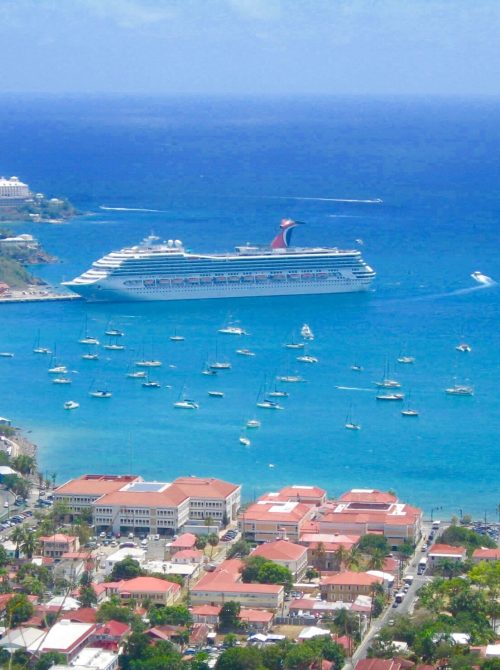
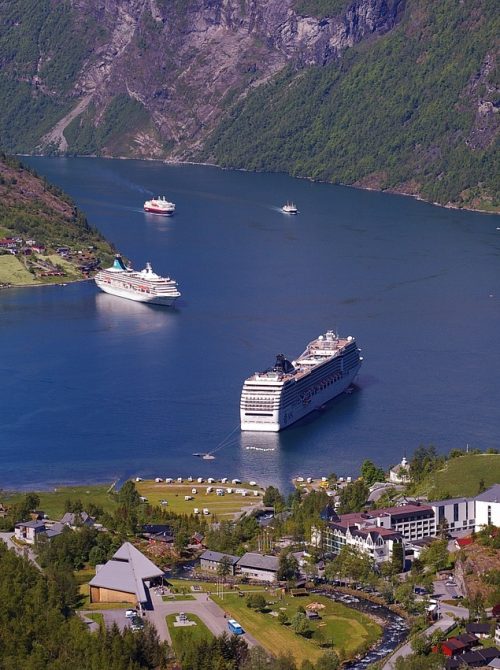
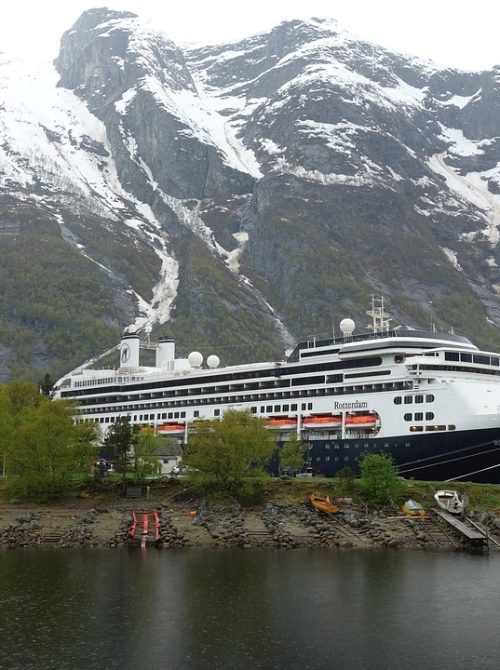
Destination
One of the most important factors in choosing a cruise is the destination. Whether you’re interested in exploring the Caribbean, Mediterranean, or Alaska, there are a variety of options available. When considering a destination, it’s important to think about the activities and sights you’re interested in, as well as the time of year you plan to travel.
Duration
Another important factor is the duration of the cruise. Cruises can range from a few days to several weeks, so it’s important to consider your schedule and how much time you have available. Keep in mind that longer cruises may offer more opportunities to explore multiple destinations, but they can also be more expensive.
Budget
Your budget is another important consideration when choosing a cruise. Prices can vary greatly depending on the cruise line, destination, and duration of the trip. To get the most value for your money, consider booking early or looking for last-minute deals. It’s also important to factor in additional expenses such as airfare, excursions, and onboard activities.
Cruise Line
Choosing the right cruise line can greatly affect your overall experience. Each cruise line has its own unique style and amenities, so it’s important to find one that matches your preferences. Some popular cruise lines include Carnival, Royal Caribbean, and Norwegian Cruise Line. When choosing a cruise line, consider factors such as the size of the ship, dining options, onboard activities, and level of service.
Overall, choosing a cruise requires careful consideration of a variety of factors. By taking the time to research destinations, durations, budgets, and cruise lines, you can find the perfect cruise to suit your needs and preferences.
Onboard Experience
Cruising is not just about the destinations but also about the onboard experience. A cruise ship is like a floating city with a wide range of amenities and activities to keep passengers entertained and comfortable throughout their voyage.
Accommodation
Cruise ships offer a variety of accommodation options to suit different preferences and budgets. From cozy interior cabins to spacious suites with balconies, there is something for everyone. Most cabins come with basic amenities such as a private bathroom, TV, and a safe. Some ships also offer exclusive perks for guests staying in suites, such as access to private lounges and restaurants.
Dining
One of the highlights of a cruise is the dining experience. Cruise ships offer a wide range of dining options to cater to different tastes and dietary requirements. Most ships have a main dining room where guests can enjoy a multi-course meal with table service. In addition, there are usually several specialty restaurants that offer a more intimate and upscale dining experience for an additional fee. Buffet-style dining is also available for those who prefer a more casual setting.
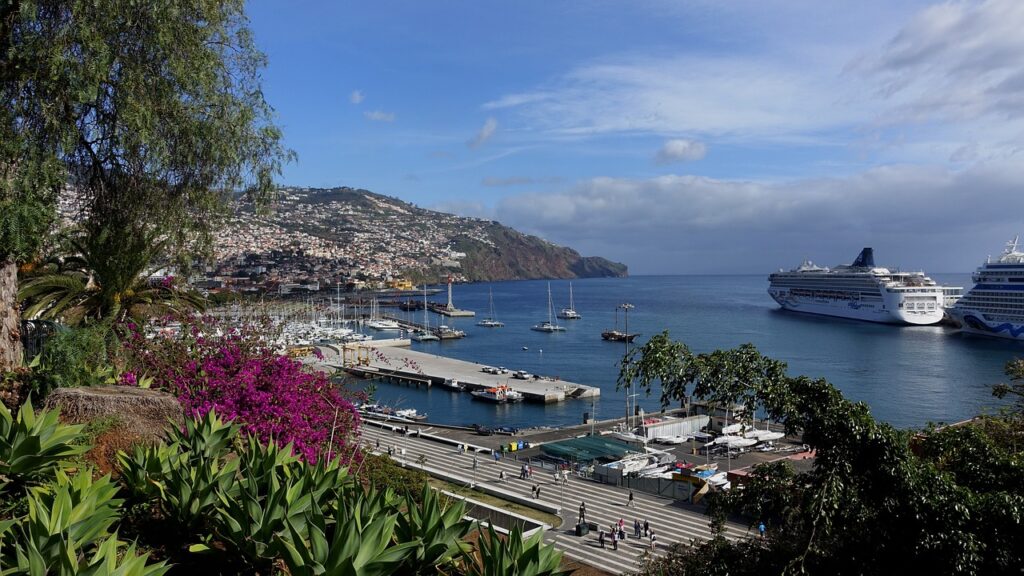
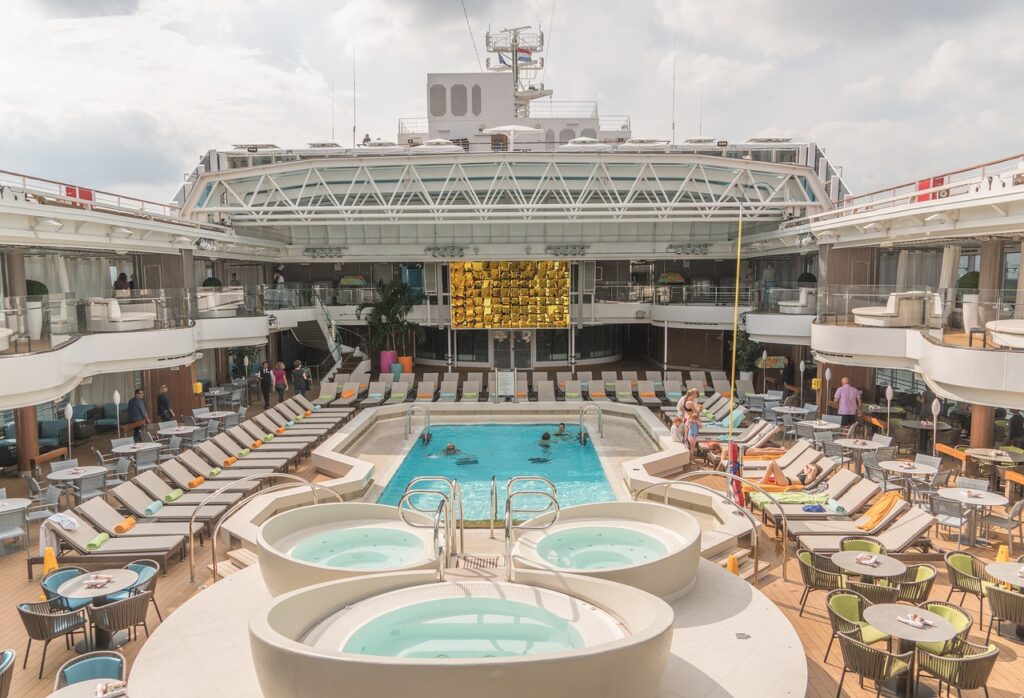
Entertainment
Cruise ships offer a variety of entertainment options to keep passengers entertained throughout the day and night. From Broadway-style shows to comedy acts, there is always something happening onboard. Most ships also have several bars and lounges where guests can enjoy live music or a drink with friends. In addition, some ships have onboard casinos, movie theaters, and even water parks.
Activities
Cruise ships offer a wide range of activities to suit different interests and age groups. From fitness classes and sports activities to art auctions and cooking demonstrations, there is always something to do onboard. Most ships also have pools, hot tubs, and spas for guests to relax and unwind. For families with children, most ships have dedicated kids’ clubs and activities to keep the little ones entertained.
Overall, the onboard experience is a major part of the cruise experience. With a wide range of amenities and activities, cruise ships offer something for everyone. Whether you are looking for a relaxing getaway or an action-packed adventure, a cruise ship is the perfect place to unwind and explore the world.
Ports of Call
When cruising, one of the most exciting parts of the journey is visiting different ports of call. Each destination offers unique experiences that can make for unforgettable memories. Here are some things to consider when exploring ports of call.
Excursions
Excursions are a popular way to explore the local area and see the sights. Cruise lines offer a variety of excursions that cater to different interests, such as adventure, history, or relaxation. Some excursions may include activities like snorkeling, hiking, or visiting cultural landmarks.
It’s important to note that excursions can be expensive and may not be suitable for everyone. Those who prefer to explore on their own can research local attractions and transportation options ahead of time.

Local Culture
Visiting ports of call is an opportunity to experience different cultures and ways of life. It’s important to be respectful of local customs and traditions. Learning a few key phrases in the local language can also go a long way in making connections with locals.
Trying local cuisine is another way to immerse oneself in the local culture. Cruise lines often offer food tours or cooking classes that showcase regional dishes.
Shopping
Shopping is a popular activity in many ports of call. It’s important to be aware of local laws and regulations regarding purchases and customs duties. Some items may be restricted or require special permits to bring back home.
It’s also important to be cautious of scams and overpriced souvenirs. Doing research ahead of time and shopping at reputable stores can help avoid these issues.
Overall, visiting ports of call can be a highlight of a cruise experience. By being prepared and respectful, travelers can make the most of their time at each destination.
Planning and Preparation
Planning and preparation are key to ensuring a smooth and enjoyable cruise experience. This section outlines the essential steps to take before embarking on a cruise.
Documentation
Before setting sail, it is important to ensure that all necessary documentation is in order. This includes a valid passport, visas (if required), and any other travel documents specified by the cruise line. It is recommended to check the cruise line’s website or contact them directly to confirm the necessary documentation requirements.
Packing List
Creating a packing list is essential to ensure that you have everything you need for your cruise vacation. It is recommended to pack light, as most cruise cabins have limited storage space. The following items are essential for any cruise:
- Comfortable clothing and shoes
- Swimwear and cover-ups
- Sunscreen and other sun protection
- Toiletries and medications
- Formal wear (if required)
It is important to check the cruise line’s website or contact them directly for any specific packing requirements or restrictions.
Health and Safety
Ensuring health and safety while on a cruise is of utmost importance. It is recommended to take the following precautions:
- Wash hands frequently with soap and water
- Use hand sanitizer when soap and water are not available
- Follow all safety instructions provided by the cruise line
- Attend mandatory safety drills
- Report any illness or injury to the cruise ship’s medical staff immediately.
Travel Insurance
Travel insurance is recommended for any cruise vacation. It can provide coverage for trip cancellations, medical emergencies, and other unforeseen circumstances. It is recommended to research and purchase travel insurance prior to embarking on a cruise.
Overall, proper planning and preparation can help ensure a safe and enjoyable cruise vacation.
FAQ
As with any type of travel, there are always questions that arise when planning a cruise. Here are some of the most frequently asked questions about cruising:
What is included in the price of a cruise?
The cost of a cruise typically includes accommodations, meals, entertainment, and use of the ship’s amenities, such as the pool, fitness center, and spa. However, there are often additional charges for things like alcoholic beverages, specialty dining, shore excursions, and gratuities. It’s important to carefully review the cruise line’s pricing and policies before booking to avoid any surprises.
Will I get seasick on a cruise?
While it’s possible to experience motion sickness on a cruise, it’s not very common. Most modern cruise ships are equipped with stabilizers that help reduce the amount of movement felt onboard. Additionally, there are over-the-counter and prescription medications available to help alleviate symptoms of motion sickness. If you’re concerned about seasickness, consider booking a cabin in the middle of the ship where there is less motion.
Do I need a passport to go on a cruise?
Whether or not you need a passport to go on a cruise depends on your itinerary. If your cruise is a closed-loop itinerary, meaning it begins and ends in the same U.S. port, you may be able to use a government-issued photo ID and birth certificate instead of a passport. However, if your cruise visits foreign ports or ends in a different U.S. port than where it began, a passport is required.
What should I pack for a cruise?
When packing for a cruise, it’s important to consider the itinerary, weather, and dress codes. Most cruise lines have both casual and formal nights, so be sure to pack appropriate attire for each. Additionally, don’t forget to bring essentials such as sunscreen, comfortable shoes for shore excursions, and any necessary medications. Check with your cruise line for any specific packing recommendations.
What is the best time to book a cruise?
Booking early can often result in lower prices and more availability. However, last-minute deals can also offer great value.
How much should I budget for a cruise?
Prices can vary greatly depending on the cruise line, destination, and duration of the trip. It’s important to factor in additional expenses such as airfare, excursions, and onboard activities.
How do I choose the right cruise line?
Consider factors such as the size of the ship, dining options, onboard activities, and level of service. Researching reviews and recommendations can also be helpful.
Disclosure: Please note that some links on this website are affiliate links. At no cost to you, I receive commission if you make a purchase. I only recommend companies that I research and would use.
